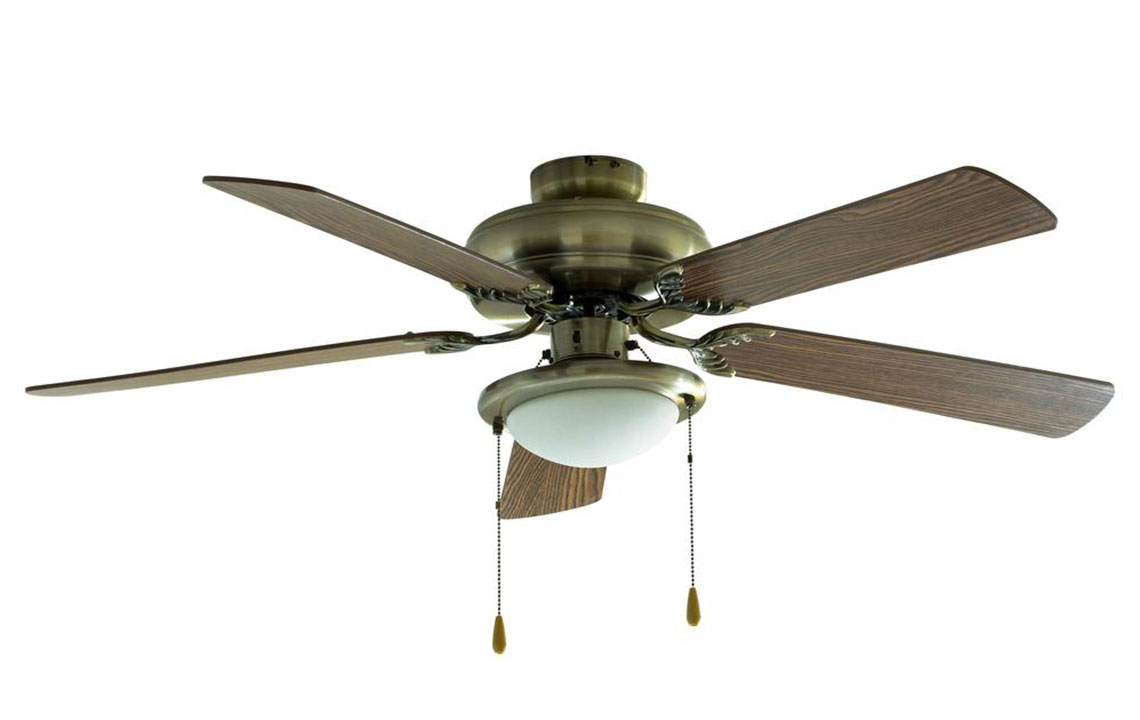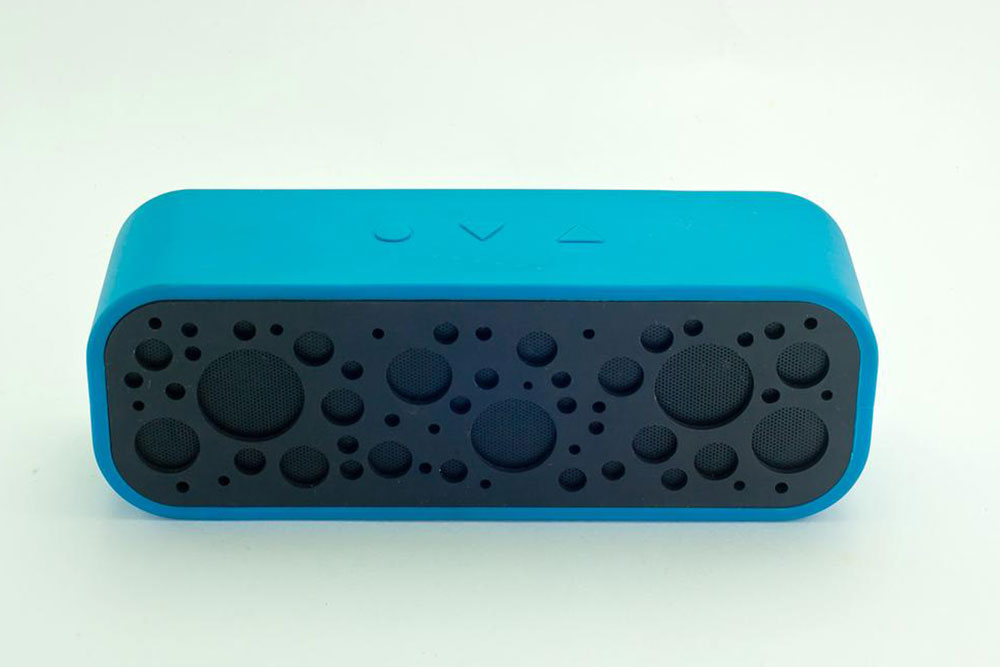Different Types of Ceiling Fans, Maintenance Tips, and Features
Explore the different types of ceiling fans, including outdoor, industrial, energy-efficient, and hugger models. Learn about maintenance tips, features, and how to select the right fan for your space. Proper upkeep ensures optimal performance and energy savings, making ceiling fans a valuable addition to any home or commercial space.

Different Types of Ceiling Fans, Maintenance Tips, and Features
Ceiling fans are an essential addition to any home, offering both cooling and heating support. They circulate air efficiently, pushing warm air downward in winter and creating a cooling breeze during summer. This process also reduces the load on air conditioning and heating systems, leading to energy savings. Modern ceiling fans have advanced in style, design, motors, control options, and materials compared to older models.
Typically mounted in a ceiling box with remote controls, some fans feature programmable lighting and adjustable speeds via built-in controls. They automatically adapt to room temperature and can be programmed to turn off remotely when not needed. Choosing the right fan depends on room height, humidity levels, and temperature.
Various types include outdoor fans, industrial models, energy-efficient options, and hugger fans designed for low ceilings. Industrial fans are cost-effective and feature three blades with powerful motors, suitable for factories and offices. Outdoor fans are weather-resistant, made from durable materials to withstand environmental elements. Energy Star fans save up to 33% energy, supported by the EPA and Department of Energy. Hugger fans are installed close to the ceiling to maximize space. Proper maintenance, including tightening screws, checking wiring, and cleaning dust, ensures longevity and optimal performance of ceiling fans.
Regular upkeep, such as cleaning and inspection, is vital for efficient functioning. Remember to handle wiring carefully and ensure blades are intact and balanced for safe operation.
Note:
Our blog provides helpful insights across various topics. Use our information for guidance, but verify specifics independently. The site does not guarantee accuracy or completeness, nor does it endorse particular schemes or offers that may be available elsewhere.










